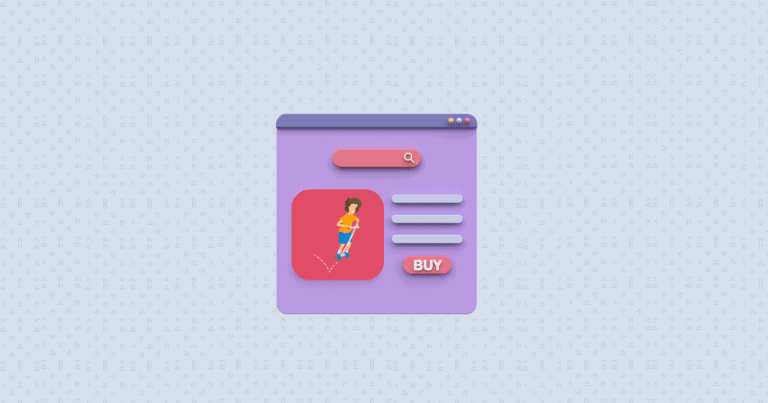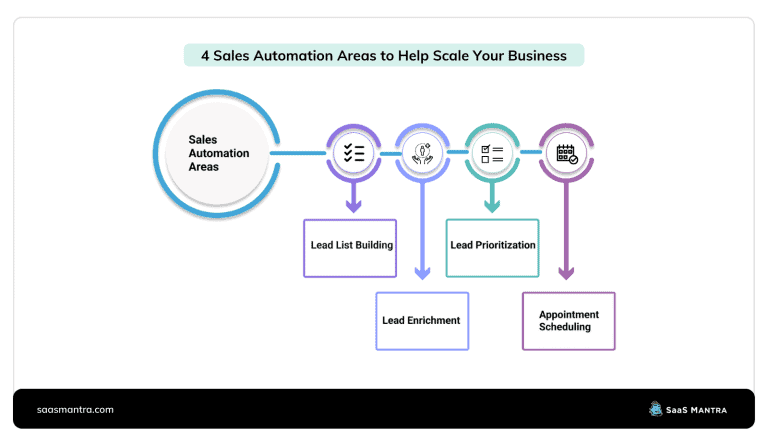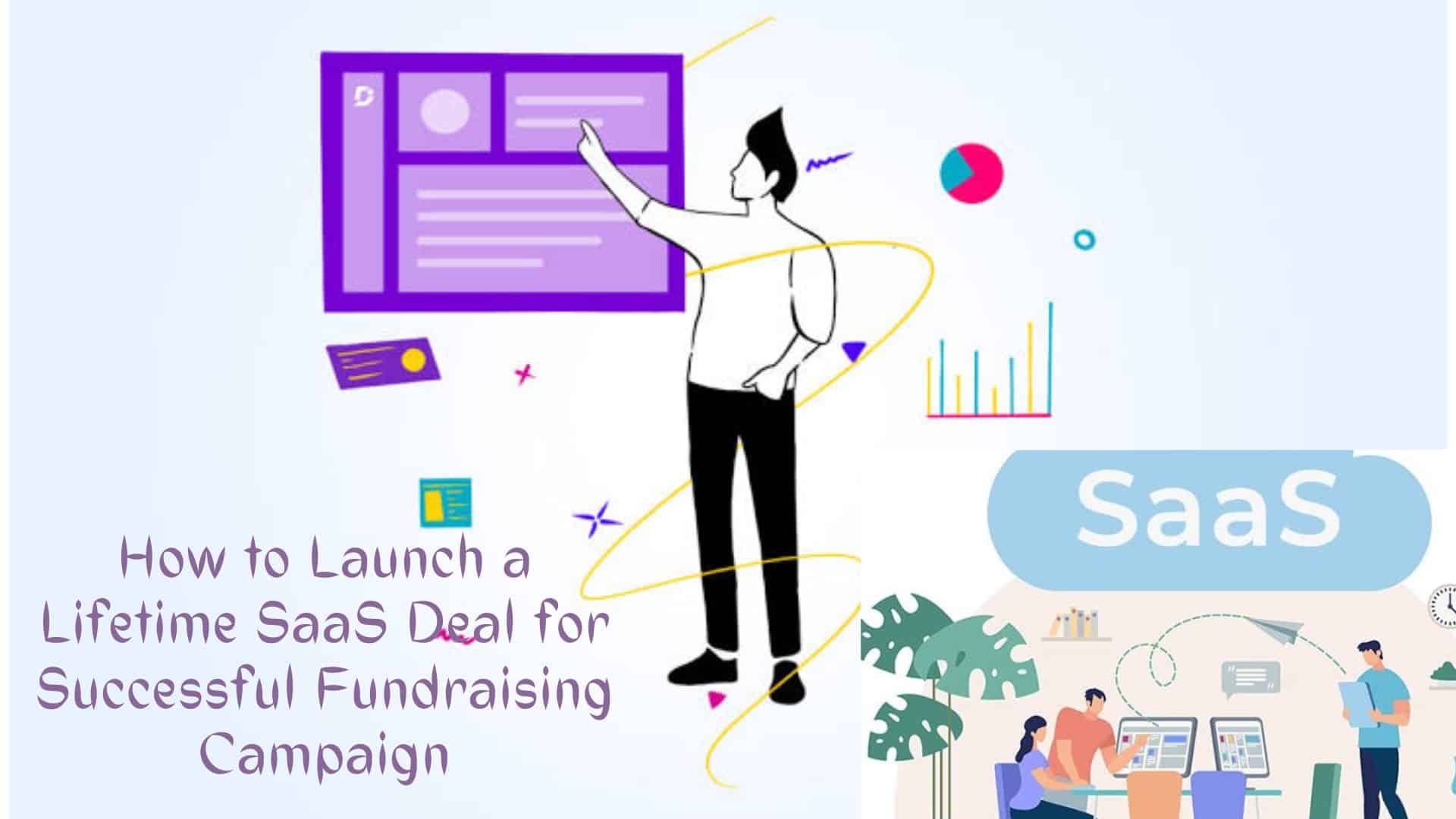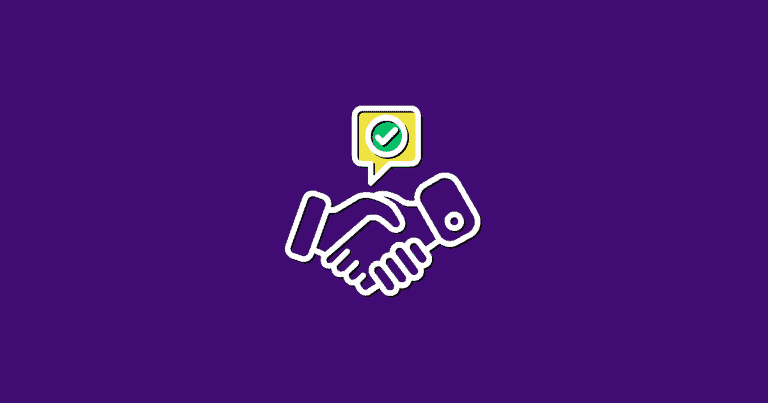5 SaaS Onboarding Best Practices To Ensure Success!
It’s important to understand why onboarding is such a vital step in the life cycle of your SaaS business.
And once you grasp why onboarding is so essential, you’ll better understand the importance of automating the entire process.
If you don’t onboard new users properly, they might not stick around long enough to actually convert.
What is SaaS onboarding?
Onboarding refers to the process of welcoming new employees or customers. There are two main types of onboarding: initial and ongoing.
Initial onboarding helps organizations get ready for their first employee, whereas ongoing onboarding focuses on helping them adopt company practices and culture.
There are three main stages of onboarding:
1) Pre-signup (or pre-engagement).
2) Engaged user (or post-engagement).
3) Active user (or post-acquisition).
Why is onboarding in SaaS so important?
Onboarding refers to the entire process of transitioning from being a potential customer to a paying member. This includes collecting information such as contact details, preferences, payment methods, and goals.
In addition, onboarding involves training new customers on how to utilize the application effectively or troubleshoot common issues.
Benefits of customer onboarding
There are several benefits associated with good onboarding practices, such as higher retention rates, less churn (or turnover), and better customer satisfaction.
Good onboarding helps customers become part of your brand. This creates opportunities for word-of-mouth advertising, which is free marketing.
◾ First, you get access to hundreds or even thousands of applications, allowing you to save time and resources.
◾ Second, you don’t have to purchase expensive hardware.
◾ Finally, you don’t have to pay for upgrades or maintenance fees.
What defines successful SaaS onboarding?
Customer progress
Customer progress is important because it helps companies measure their success.
In other words, it tells them whether they are succeeding at achieving their goals or not.
Trial to paid subscription
Your customers want to try out your product free-of-charge before buying a paid subscription.
This is where trials come into play. They allow you to easily test your product and collect valuable data before deciding whether to extend a contract.
Interaction with the product
Product development is often defined by its interactions with customers or other stakeholders.
Churn
For a startup, churn rate is a key metric because it helps determine whether your free trial period was effective enough to get new customers hooked on your product.
If it turns out you don’t retain them, then you’ll likely have to spend more time and resources building their trust before they become loyal customers.
As an entrepreneur running a startup, it’s important to make sure your churn rate isn’t too high.
SaaS Onboarding Best Practices
The key is to set realistic customer expectations, and then not to just meet them, but to exceed them — preferably in unexpected and helpful ways.
Sir Richard Branson
1. Set clear expectations
Are you aware of the importance of setting clear expectations during the onboarding process?
Your customers want to be able to trust you, so they need to know exactly what they’re going to get from their relationship with you.
To create a positive experience, you need to ensure that everyone involved knows what to expect.
2. Create strong value proposition
Your value proposition should focus on why someone would choose your service over another similar competitor, rather than simply listing features.
While your value proposition may seem simple, it’s important to remember that customers often don’t realize they’ve already purchased something until long after they’ve paid.
Therefore, it’s critical to craft messages that get your potential customers thinking about what they already own and what they need.
Your value proposition should answer these questions: who are you, why should someone use your service, and what benefits will he/she receive? If you build a solid value proposition, you can better position your brand and differentiate your offerings.
To build a great value proposition, start with understanding your customer’s pain point. Then, identify their goals and motivations. Finally, craft a message that demonstrates how your company solves these problems.
3. Create a strong relationship with users
Building a successful SaaS startup requires a solid foundation from day one. The most important part of building a good user experience starts during the onboarding process.
When a new customer signs up for your SaaS application, they should start using your service immediately after completing their signup form. This ensures that they get acquainted with your application before they become regular customers.
User Acquisition (UA)
User Acquisition (UA) refers to acquiring new customers through various channels/media. While some businesses focus exclusively on organic growth in their current markets, others focus heavily on paid marketing campaigns.
The key difference between these two methods of growth is Cost vs. ROI.
Organic growth has less upfront costs, but often takes longer to pay off. Paid growth usually yields faster results, but incurs higher initial expenses. Also, social media marketing is a great tool to increase awareness about your brand.
By creating quality content regularly, you can gain followers and encourage them to share your posts on social media platforms such as Facebook, LinkedIn, Instagram, and more.
4. Always measure SaaS onboarding process
Before launching your SaaS, it is important to measure the value proposition, user journey, and benefits offered by your solution.
These aspects can determine whether your audience will find your SaaS useful and desirable. If they don’t, you might risk losing potential clients who won’t use your SaaS after all. You should always measure the onboarding experience with appropriate metrics.
Measure the frequency of user logins, the features they use and the duration per session while measuring.
5. Have an onboarding checklist
SaaS Onboarding provides an onboarding checklist to ensure each new hire goes through certain procedures correctly.
As a part of the onboarding process, many businesses choose to reach out via email. While this may seem like a simple solution, it shouldn’t be taken lightly.
Customers expect immediate responses, and if you don’t deliver, you risk driving away new leads and increasing the likelihood of churn.
A successful SaaS onboarding process involves three key components: customer discovery, user research and design, and implementation.
Once these steps are complete, you’ll have a better understanding of what makes your potential customers tick, allowing you to create a seamless onboarding experience.
Tips on SaaS Onboarding
(1) Your user journey starts before they even signup. The moment they arrive at your landing page, you have a chance to connect with them through various channels (email, chat, etc).
(2) Make sure they fill all required fields correctly. If you don’t ask for enough information, they’re likely to leave without converting.
(3) Give them immediate value. Tell them why they would benefit from using your service, and give them something immediately useful.
(4) Be consistent. Onboarding is a long-term commitment. It takes time to build trust between the two parties. Build relationships with potential clients early on.
Show them that you care about them and that you’re committed to helping them succeed.
There are three key things that every business has to consider when building their SaaS onboarding process. They include:
◾ Building a strong user base
◾ Creating a seamless experience
◾ Making sure new customers stick around
Wrapping Up
The key to success is having a strong foundation before you even start. This means hiring the right people, creating a clear vision, establishing a culture of trust and transparency, and creating a plan that sets you up for long-term growth.





